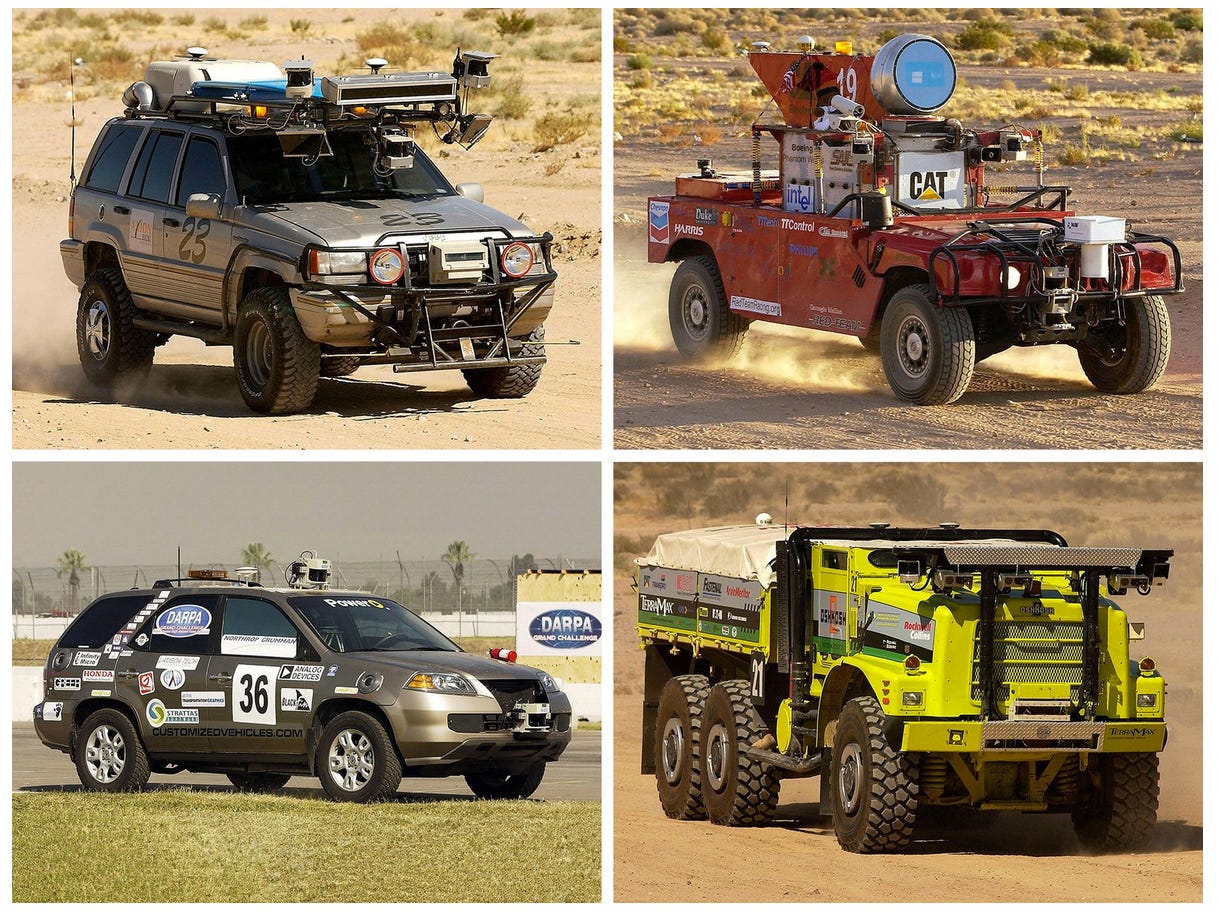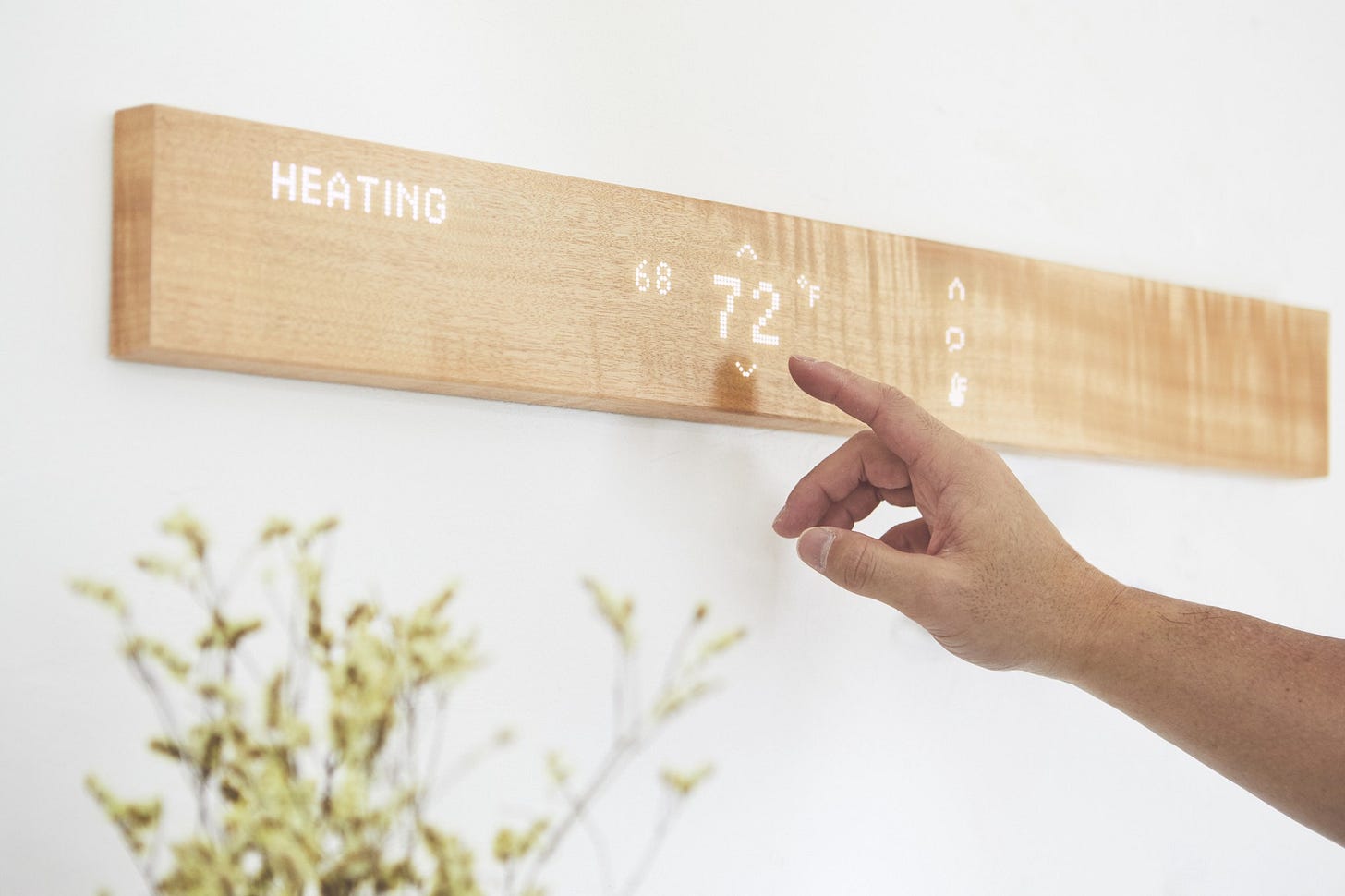What do huge amount of data, various types of robots, a block of wood and a wine label have in common? Technology is changing each and every one of them. This week I will look at some new developments that will enhance the way that we use each of these in our lives. I will also look at WiFi 6, which is soon to be released.
Data61
Last week I attended the Data61 conference at Carriageworks in Sydney. It was a 2 day event showcasing a wide range of their work. Data61 was established by the CSIRO to help industry with research driven development in a range of emerging fields. Many of their projects are specifically developed for clients (as opposed to being research for research sake).
They had booths showcasing their work in Robotics, Privacy, Confidential Computing, Deciphering the Future through data, Human Centered Digital Health, Computer Vision for Health, AI for Health, Mixed Reality and Digital Modeling, Supply Chain Automation, Biometric based Security, Digital Design of Advanced Materials, Immersive Analytics, Visual Analytics, The Square Kilometer Array (the world’s largest radio telescope, located in Western Australia), Digital Agriculture and Machine Learning Graphical Analytics. A huge range of applications of emerging technology.
They also had their latest dog shaped robot on display. Developed for the 2019 DARPA (US Defense Advanced Research Projects Agency) challenge, which requires competitors to find a range of objects hidden in an underground cave, autonomously. The 4 legged creature uses LIDAR (the blue and silver object on top of the robot) to direct itself in an unknown space. LIDAR is one of the mechanisms driving self driving car development. The robot uses a range of visual identification capabilities to identify and locate the target objects.

A quick bit of history. The first DARPA challenge in 2004 arose from the desire for the US military to have a self driving vehicle in combat situations. The challenge was to have a vehicle self drive for 142 miles across the Mojave Desert. With a $1million prize up for grabs, a range of University Engineering Departments and High Schools entered. Here are some of the vehicles.

The event was a mixed success. The first few hundred feet of the course was a robotic graveyard. One vehicle made it 7.4 miles. Nobody made the distance. The main issue was that the sensors they were using were unreliable in the harsh conditions. Undeterred, DARPA offered a $2million prize the next year. In 2008 after the first few challenges, Larry Page from Google hired David Hall from one of the leading competitors (Digital Auto Drive) to establish Google’s self driving car initiative. Hall hired the most talented of his competitors and the race to develop self driving cars began.
Other interesting robots from Data61 included:
OZBOT which is used by emergency services in dangerous situations.

Self Driving Drones that can map remote areas for the mining industry

A Spider like robot that can crawl in ceilings and auto identify objects, wires and other items of interest.

WiFi 6
Most of us have heard about 5G, the latest standard in mobile phone signal technology. 5G will bring faster downloads over mobile phones (more in a future newsletter). The soon to be released, WiFi 6 will have a similar impact on WiFi. WiFi 6 is also also known as 802.11ax. Recently WiFi standards have been given a new Version Numbering Standard. Access points and devices released from 2014 to now, are known as WiFi 5 devices, devices from 2009 to 2014 are known as WiFi 4. Due to be released later this year WiFi 6 will bring a range of benefits.
Faster WiFi, if you are using a WiFi router with a single device, maximum potential speeds should be up to 40% higher with WiFi 6 compared to WiFi 5. WiFi 6 uses more efficient data encoding, allowing more data to be packed into the same radio waves.
Longer Battery Life, a new Target Wake Time feature means that your devices should have a longer battery life. It does this by having the access point tell the device (phone, laptop etc.) when to put its’ WiFi radio to sleep and when to wake it up to receive the next transmission. This will conserve power.
Better Performance in Crowded Areas, WiFi tends to get bogged down in crowded places. WiFi 6 incorporates a range of technology to help with congestion. WiFi 6 can divide a wireless channel into a range of sub channels, each to be used by a different device. WiFi 5 access points, could talk to multiple devices at the same time but could only listen to devices one at a time. WiFi 6 uses OFDMA (I won’t go into detail as it is quite technical, google it if interested) to allow it to talk to multiple devices at once. WiFi 5 access points located near each other, that use the same channel, cause delay as the WiFi router will wait for a clear signal before responding. WiFi 6 access points are able to be configured to have a Basic Service Set that eliminates this issue.
If you are looking for a new WiFi router, be on the lookout for one that is “WiFi 6 Certified”. Devices will also need to be WiFi 6 compatible. This will happen quite quickly as new devices are released. You will still be able to use WiFi 5 devices on WiFi 6 access points and vice versa. WiFi 6 certification began on 16 September 2019 so the standard and products adhering to the standard will soon be available. The Apple iPhone 11 is WiFi 6 capable.
Robotic Manufacture of Aircraft
Airbus has opened its’ automated fuselage structure assembly line in Hamburg. Concentrating on manufacturing the longer sections of the A321R (a derivative of the A320) it uses 20 robots and automated positioning by laser measurement. The hope is to improve quality and efficiency of the production system.

This factory is another example of how robotic manufacturing is growing exponentially. The country with the highest penetration of robots in manufacturing is South Korea. As we have mentioned previously, robots are extremely good at doing the same thing over and over again with a very high degree of accuracy.
A Block of Wood that can control your home
This is not an ordinary block of wood but it looks like an ordinary block of wood. Called, Mui (Japanese meaning Calm Design) it is designed to bring a better state of mind to users through relief from the appearance of constant connectivity. The idea is that it doesn’t look like a connected device until it needs to connect.
The Block of Wood has built in WiFi, low energy Bluetooth, a microphone and a speaker. The display is created by lighting white dots on the viewing area. It also has a capacitive Touch Panel. It is powered and voice activation is under development. Mui has the ability to link to other devices and can be used to control your connected home. Mui is currently for sale on indigogo.

Living Wine Labels
Living Wine Labels use Augmented Reality to bring wine labels to life. Download the app, point it at the wine label and the story of the wine will come to life. For example the label, the “19 Crimes” brand is based upon real criminals from Australian history. You can listen to them share their story, interact with the warden and defend yourself in a trial with the Magistrate to prove your innocence.
Other brands allow you to watch Dr. Henry Linderman give you tips on how to be a Gentleman (watching this before drinking the wine is recommended), listen to the stories from Embrazen women from the past about their trailblazing achievements and create your own curly tales and watch curly movies in the Squealing Pig Cinema.

Brands currently using the app include “19 Crimes”, “The Curly Tales of squealing pig”, “Gentleman’s Collection” (Lindeman), “The Walking Dead”, “Matua” and “Wolf Blass”.
Paying it Forward
If you have a start-up or know of a start-up that has a product, ready for market please let me know. I would be happy to have a look and give the start-up a shout out to my readers if it is something that I think they could use. If you have any questions or comments please email me via my website craigcarlyon.com
I would also appreciate it if you could forward this newsletter to anyone that you think might be interested.
Till next week.


